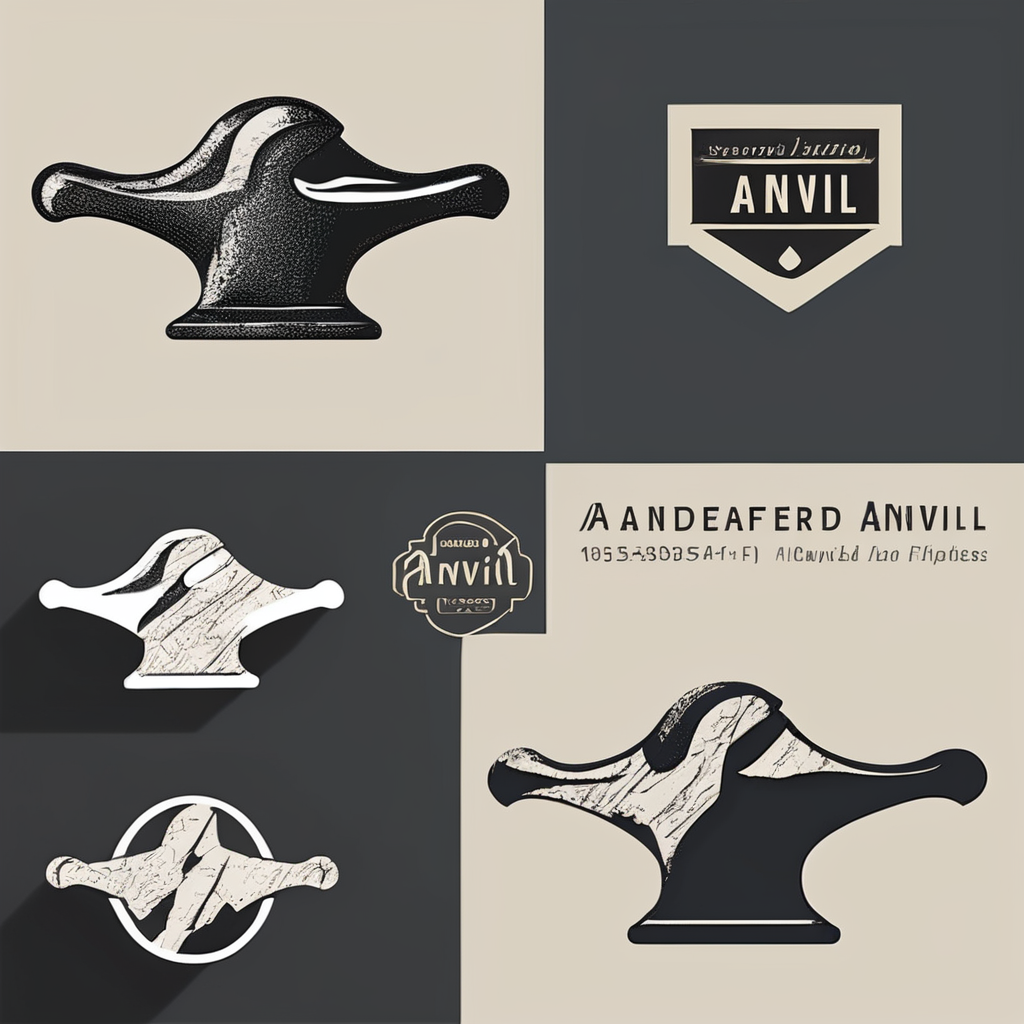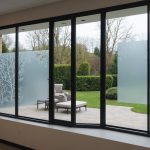Understanding Sustainable Materials in UK Home Decoration
Sustainable materials in UK home decoration refer to resources sourced and used with minimal environmental impact. These eco-friendly materials encompass a variety of types, including renewable, recycled, and reclaimed products. Common examples include bamboo, reclaimed wood, and recycled textiles, all of which have gained popularity within the UK market due to their environmental benefits and aesthetic appeal.
Bamboo is a rapidly renewable resource, growing much faster than traditional hardwoods, making it a prime choice for eco-conscious homeowners. Its strength and versatility allow it to serve in flooring, furniture, and decorative accents. Reclaimed wood, harvested from old furniture, buildings, or flooring, reduces the need for new timber, thereby cutting down on deforestation and carbon footprint. This type of wood often adds character and uniqueness to home décor, integrating history with modern style.
Also to discover : Transform your lounge: premier club upholstery in chelsea
Recycled textiles, including fabrics made from repurposed fibres or plastic waste, offer an innovative sustainable alternative in upholstery, curtains, and cushions. These materials help divert waste from landfills and reduce reliance on virgin fibres, which often use intensive water and chemical treatments.
Incorporating these sustainable materials in UK home decoration supports waste reduction, conserving resources, and lowering environmental impact, all while enhancing the interiors with natural and often distinctive textures and colors. This approach aligns with growing consumer preferences for responsible artistry and practical sustainability.
This might interest you : What Are the Essential Elements of a Cozy British Home Decor?
Environmental and Health Benefits of Sustainable Home Décor
Sustainable materials significantly improve indoor air quality in UK homes by minimizing the release of harmful toxins often found in conventional products. Unlike many traditional materials that can emit volatile organic compounds (VOCs), eco-friendly materials such as bamboo, reclaimed wood, and recycled textiles naturally reduce these emissions. This leads to healthier living environments, especially important for households with children, allergies, or respiratory conditions.
The environmental impact of using sustainable materials in home décor extends far beyond the indoors. By choosing resources like reclaimed wood or recycled fibres, homeowners directly contribute to reducing landfill waste and alleviating pressure on UK ecosystems. This practice supports waste diversion strategies, lowering carbon footprints associated with producing new materials and transportation. The cumulative effect fosters a more sustainable UK housing sector aligned with national environmental goals.
From a long-term perspective, investing in sustainable home décor offers notable health benefits and energy efficiency gains. Many sustainable materials possess natural insulating properties, helping to regulate indoor temperatures and potentially lowering energy consumption. Additionally, these materials typically require fewer chemical treatments, reducing chemical exposure for inhabitants. This combination of better air quality, reduced environmental harm, and energy savings enhances overall homeowner well-being and promotes sustainable living practices in the UK market.
Current Trends in UK Sustainable Home Decoration
In recent years, UK home decor trends have increasingly embraced sustainable design trends and eco-friendly interiors, reflecting a growing awareness of environmental responsibility. Popular styles now often feature natural textures, muted earth tones, and minimalist designs that highlight the beauty of sustainable materials such as bamboo and reclaimed wood. These design choices not only appeal aesthetically but also underscore a commitment to reducing environmental impact.
A significant aspect of these trends is the rising demand for locally sourced and ethically produced materials. UK consumers prefer products manufactured within the region to minimize transportation emissions and support local economies. This shift fosters stronger connections between homeowners and their communities while promoting transparency regarding the environmental footprint of materials used in their homes.
Government initiatives and eco-certifications have further influenced the adoption of sustainable practices in home decoration across the UK. Policies encouraging reduced carbon emissions and waste have inspired designers and retailers to prioritize eco-friendly materials, making them more accessible and affordable. Certified products reassure consumers regarding sustainability claims, boosting confidence in purchasing decisions.
Overall, these trends demonstrate a convergence of style, ethics, and environmental considerations guiding UK homeowners toward greener choices in interior decoration. This evolving landscape points to a future where sustainable materials and responsible design are central to the UK home decoration market.
Expert Insights and Statistical Data on Sustainable Materials Usage
Recent surveys reveal a steady increase in the adoption of sustainable materials within UK home decoration, reflecting a clear shift in consumer priorities towards eco-conscious choices. Data indicates that over 60% of UK homeowners now consider environmental impact a decisive factor when selecting materials for decoration. Experts emphasize that this trend is not merely aesthetic but also practical, citing the enhanced durability and longevity of products like bamboo and reclaimed wood.
Industry specialists note that while initial costs of some eco-friendly materials may be higher, their long-term value in reducing maintenance and replacement expenses makes them cost-effective. Moreover, expert opinions consistently highlight the unique aesthetic appeal brought by sustainable materials, which blend functionality with natural textures and timeless style. This combination caters particularly well to the UK market, where heritage and environmental responsibility often intersect.
Market forecasts predict continued growth in sustainable materials usage for UK home decoration, driven by increasing environmental awareness and tighter regulations. Consumer behaviour shows a strong preference for products that are both certified eco-friendly and locally sourced, boosting confidence and transparency within the sector. These insights collectively underscore a robust and enduring demand for sustainable home décor solutions in the UK.
Practical Tips for Incorporating Sustainable Materials into UK Homes
When integrating sustainable materials into your UK home decoration, start by focusing on products certified by reputable eco-labels. These certifications ensure that materials meet environmental standards and truly qualify as eco-friendly materials. Look for labels such as FSC for wood or Global Recycled Standard for textiles, which are commonly recognized in the UK market. This approach helps avoid greenwashing and guarantees authentic sustainability.
Budget-friendly strategies for adopting sustainable décor involve prioritizing versatile and durable materials like bamboo or reclaimed wood. These resources offer longevity, reducing the need for frequent replacement, which saves money over time. Shopping at local artisans or secondhand stores can also uncover unique, eco-conscious home accents without overspending. Remember, incorporating a statement piece made from sustainable materials can elevate your space while contributing positively to environmental goals.
Maintaining sustainable home décor is equally important to extend its lifespan and retain its quality. Natural materials such as bamboo and reclaimed wood require gentle cleaning with mild, non-toxic products to avoid chemical damage. Regular upkeep preserves their natural textures and prevents premature wear, supporting long-term use. By caring properly for eco-friendly materials, homeowners reinforce their commitment to sustainability while enjoying beautiful, functional interiors in the UK.
Understanding Sustainable Materials in UK Home Decoration
Sustainable materials in UK home decoration are those sourced and used to reduce environmental harm, focusing on renewability, recyclability, and waste reduction. These eco-friendly materials include types such as rapidly renewable resources, reclaimed products, and recycled fibres, each contributing uniquely to sustainability goals.
The environmental benefits of these materials stem largely from their role in reducing carbon footprints and diverting waste from landfills. For example, bamboo grows quickly without intensive chemical use, making it a low-impact option compared to traditional hardwoods. Reclaimed wood repurposes existing timber, decreasing deforestation and lowering emissions tied to new material processing. Recycled textiles transform waste into usable fabric, helping minimize landfill contribution and reducing the demand for virgin fibre production, which often consumes significant water and chemical inputs.
In the UK market, bamboo, reclaimed wood, and recycled textiles are particularly prominent. Bamboo’s strength and versatility enable its use in flooring, furniture, and decorative elements, while reclaimed wood offers both environmental advantages and distinctive rustic character prized in sustainable home decoration. Recycled textiles provide innovative solutions for upholstery and curtains, promoting circular use of materials. Together, these sustainable materials support greener homes by combining practical durability with reduced environmental impact, aligning well with increasing consumer demand for responsible, stylish UK home decoration.
Case Studies: Successful Sustainable Home Decoration Projects in the UK
Exploring sustainable home projects UK reveals numerous inspiring examples where eco-friendly materials have transformed living spaces while minimizing environmental impact. One notable case utilized bamboo flooring and reclaimed wood paneling to create a warm, natural ambiance. This approach reduced the home’s carbon footprint by avoiding new timber harvesting and incorporated visibly unique textures, demonstrating the aesthetic appeal of these materials.
Another eco-friendly home example involved the innovative use of recycled textiles for upholstery and curtains. By selecting fabrics made from repurposed fibres, homeowners not only diverted waste from landfills but also added durable and stylish elements to their interiors. This case highlights how recycled textiles can seamlessly merge sustainability with comfort and design flexibility.
Lessons from these projects emphasize the importance of sourcing materials certified for environmental standards to ensure genuine sustainability. They also illustrate that sustainable home projects UK often achieve long-term benefits, such as improved indoor air quality and energy efficiency, by combining natural materials with thoughtful design. These case studies show that practical creativity with eco-friendly materials delivers both environmental advantages and unique, enduring home aesthetics in the UK market.










